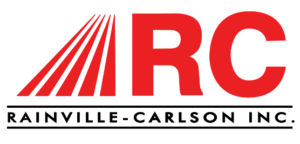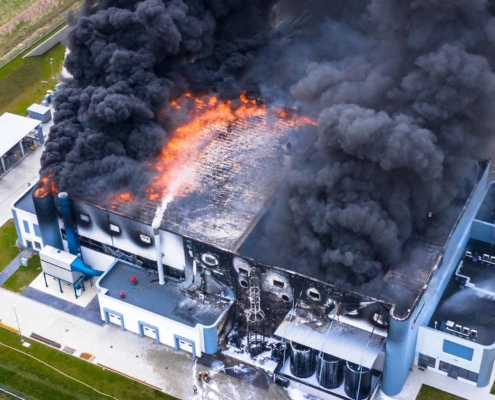 https://www.rainvillecarlson.com/wp-content/uploads/2020/04/Disaster-Emergency-Roofing.jpg
1250
2000
James Nash
/wp-content/uploads/2021/05/Rainville-Carlson-Logo-300x144.png
James Nash2020-06-12 09:00:482021-09-30 13:25:18Essential Service Spotlight—Emergency Roofing Services
https://www.rainvillecarlson.com/wp-content/uploads/2020/04/Disaster-Emergency-Roofing.jpg
1250
2000
James Nash
/wp-content/uploads/2021/05/Rainville-Carlson-Logo-300x144.png
James Nash2020-06-12 09:00:482021-09-30 13:25:18Essential Service Spotlight—Emergency Roofing ServicesGuide to Comprehensive Commercial Roof Maintenance Plans
The vitality of a commercial building’s roof is often undervalued once a significant problem arises. As a property owner or manager, ensure that the roofs of your structures maintain the utmost integrity and functionality. This guide provides a comprehensive insight into the practices for commercial roof maintenance.
Understanding the Importance of Roof Maintenance
A comprehensive roof maintenance plan is crucial for commercial building owners and facility managers. Proper roof maintenance helps extend the lifespan of your roof, prevent leaks and damages, improve energy efficiency, and avoid costly emergency repairs or early roof replacement.
Additionally, an ounce of prevention is worth a pound of cure for roof damages. Performing preventative maintenance like clearing drains and gutters, removing debris and vegetation, and checking flashings and seals can help prevent catastrophic issues.
The Essentials of a Comprehensive Roof Maintenance Plan
A roof maintenance plan is crucial for prolonging the lifespan of a commercial roof and preventing costly repairs or early replacement. An effective maintenance plan should include regular inspections, cleaning, prompt repairs, gutter maintenance, and care of roofing materials.
Regular Roof Inspection
Consistent inspections by a professional roofing contractor are essential for catching issues before they escalate into major problems. An expert inspection can identify weakened areas, damage from weather and debris, drainage issues, and other deficiencies.
Conducting comprehensive roof inspections bi-annually provides crucial insight into a roof’s evolving condition through different seasons. Thorough spring and fall inspections detect issues that may have developed during shifts between extreme weather patterns.
Clean Your Roof Often
Regular roof cleaning keeps the surface clear of debris that can impede drainage and cause deterioration. Facility managers should ensure that qualified professionals clean gutters, drainage components, and the roof itself multiple times a year.
Leaf litter and accumulated debris can seriously undermine roof performance. Clogged drains and gutters lead to standing water pooling on the roof, which causes blistering, cracks, leaks, and even structural issues over time. Proper maintenance prevents these problems.
Preventing Mold and Moss Growth
Wet organic debris promotes mold, moss, and lichen growth on roofing materials. This retains moisture against the roof surface, accelerating weathering. Regular removal of debris inhibits biological growths that damage roofing systems.
Gutter Maintenance
Gutters safely direct rainwater away from a building, preventing leaks, moisture retention, wall/foundation damage, and erosion of landscaping. Facility managers must ensure gutters remain securely affixed, clear of debris, and free of rust or leaks. Proper gutter care is vital for comprehensive roof maintenance.
Identifying Common Roof Damages
Inspections help identify the most prevalent roof damages like erosion of sealants, open seams and joints, surface abrasions, and areas of ponding water or moisture saturation in insulation.
Visual inspections, infrared technology, drone inspections, and attic inspections are among the methods that professional companies use to identify damages. The most common causes include extreme weather, loose shingles, and deterioration due to age.
Prompt Repairs
Timely repairs are fundamental for preventing further deterioration. Common commercial roof problems like punctures, loose flashing, cracked membranes, and seam issues become exponentially worse if they are not addressed quickly.
Early intervention repairs stabilize the roof surface, prevent leaks, improve drainage, and significantly reduce the chance of secondary damage arising from the original issue. This protects facility infrastructure.
The Role of Professional Roof Inspectors
Professional roof inspectors have the skills, tools, and knowledge of building codes and manufacturer specifications to assess a roof’s condition thoroughly. They can spot subtle warning signs of damage and provide maintenance recommendations to facility managers.
With a professional inspection, access to advanced technology is more readily available.
Sometimes, finding the right company to do maintenance on your roof can be difficult. However, local contractors can be a lifesaver in times of need. Take a look at this article to see how local roofing companies can benefit your business.
The Benefits of Regular Roof Maintenance
Some of the most beneficial aspects of regular commercial roof maintenance include:
Cost Avoidance Through Prevention
Preventative maintenance, accounting for a small percentage of a roof’s lifecycle cost, serves as a cost-effective solution. Proactively addressing potential issues minimizes the risk of emergency repairs, preventing disruptive leaks, damages, and unplanned downtime. This not only saves businesses from substantial repair expenses but also fosters a more predictable and manageable budget.
Prolonged Roof Lifespan
Regular commercial roof maintenance is a proactive strategy that significantly extends the lifespan of a roof. By conducting timely inspections and addressing minor issues before they escalate, businesses can maximize the operational years of their roof. This approach effectively delays the need for costly roof replacements, contributing to long-term financial savings and the sustainable use of existing infrastructure.
Enhanced Energy Efficiency
Proper commercial roof maintenance plays a crucial role in optimizing energy efficiency. By preventing the accumulation of debris and deterioration that can impede insulation, well-maintained roofs ensure an effective barrier against temperature fluctuations. This optimization reduces overall energy consumption, translating into cost savings for commercial buildings while contributing to environmental sustainability.
Preservation of Building Infrastructure
Consistent roof inspections and prompt repairs not only safeguard the roof itself but also contribute to the preservation of the entire infrastructure of commercial buildings. Timely intervention prevents secondary damages, maintaining the stability and integrity of the facility. This holistic approach to maintenance ensures that the building’s structural elements remain in good condition, supporting long-term safety and functionality.
Consequences of Neglecting Roof Maintenance
Neglecting roof maintenance can lead to severe consequences. Accelerated deterioration due to issues like pooled water, debris accumulation, cracks, and UV damage can result in costly emergency repairs or premature roof replacement. Without regular inspections and prompt repairs, minor problems escalate, causing disruptive leaks and damages.
Energy efficiency diminishes as debris and deterioration impede insulation. The lifespan of the roof significantly shortens, increasing the likelihood of early replacement. Failure to address common damages like erosion of sealants, open seams, and surface abrasions can lead to secondary issues, risking the stability of the entire building infrastructure.
How to Find a Reliable Roofing Contractor
Selecting the right commercial roofing contractor is crucial to properly maintaining your roof and ensuring repairs or replacements are done correctly. Here are some tips on finding a contractor you can trust:
- Ask for referrals from business owners you know and trust who have had roof work done recently.
- Verify that the contractor is licensed, bonded, and insured. This protects you in case of issues down the road.
- Only consider contractors who are certified by roofing manufacturer associations. This ensures proper training on installation and maintenance.
Maintenance Experience
During the evaluation of potential contractors, it is imperative to delve into their maintenance experience. A dependable contractor should provide a detailed walkthrough of their maintenance plan, addressing key aspects:
- Frequency of Roof Inspections: A proficient contractor will tailor the inspection schedule based on factors such as roof age, materials, and drainage. This customization ensures that the maintenance plan aligns with the specific needs and conditions of your roof.
- Inspection Process and Key Areas: An experienced contractor will elucidate their inspection methodology, outlining the key areas they meticulously examine. This transparency ensures a thorough evaluation, identifying potential issues before they escalate into major problems.
- Standard Maintenance Tasks: Clear communication about routine tasks, such as clearing debris and leaves, and checking flashings, is essential. A reliable contractor will articulate the specific measures they undertake to keep the roof in optimal condition, preventing the accumulation of potential hazards.
- Issue Identification and Repair/Replacement Protocols: A competent contractor should explain how they identify issues during inspections and articulate the criteria used to determine when repairs or replacements are necessary. Clarity on these protocols ensures timely intervention, preventing the escalation of problems.
- Safety Protocols: The contractor should elucidate the safety measures and protocols in place during roof work. Ensuring the well-being of the personnel involved is crucial, and a professional contractor will have robust safety protocols to mitigate risks.
By thoroughly examining these aspects of a contractor’s maintenance plan, you can make informed decisions, selecting a partner with the expertise to uphold the longevity and performance of your commercial roof.
Documentation
A trustworthy commercial roofing company will also provide you with documentation like:
- Sample maintenance plans or schedules
- Photos from past inspections highlighting problems found
- Detailed proposals for repairs or replacements
- Proof of insurance certificates
- References from past clients
Taking the time to evaluate potential roofing contractors carefully reduces the risk of improper maintenance or installations. Prioritizing certifications, training, documentation, and referrals improves roof performance and longevity.
Thorough Processes for Your Goals
Once you’ve selected a reliable contractor, work with them to develop a customized maintenance plan meeting your roof’s specific needs. Clearly outline schedules for inspections, responsibilities for tasks like clearing debris, and protocols for addressing repairs. Continually communicating with your contractor and holding them accountable is critical to successful commercial roof maintenance.
Schedule Your Commercial Roof Maintenance With Rainville-Carlson
If roof maintenance has taken a back seat in your routine, pass the torch to Rainville-Carlson. Our services can help you extend the life of your roof, and make repairs more efficiently. Our focuses involve extending your roofing’s lifespan, minimizing future repair costs and needs, assuring energy efficiency, and more. Contact our experts today for a free consultation to get started.
Share This Post
More Like This
 https://www.rainvillecarlson.com/wp-content/uploads/2020/04/Disaster-Emergency-Roofing.jpg
1250
2000
James Nash
/wp-content/uploads/2021/05/Rainville-Carlson-Logo-300x144.png
James Nash2020-06-12 09:00:482021-09-30 13:25:18Essential Service Spotlight—Emergency Roofing Services
https://www.rainvillecarlson.com/wp-content/uploads/2020/04/Disaster-Emergency-Roofing.jpg
1250
2000
James Nash
/wp-content/uploads/2021/05/Rainville-Carlson-Logo-300x144.png
James Nash2020-06-12 09:00:482021-09-30 13:25:18Essential Service Spotlight—Emergency Roofing Services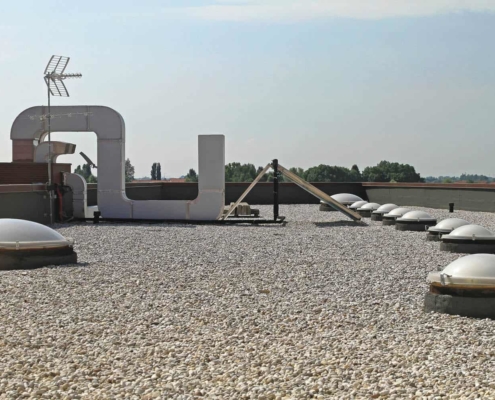 https://www.rainvillecarlson.com/wp-content/uploads/2019/10/What-is-roof-control_Gravel-Flat-Roof.jpg
1000
1600
James Nash
/wp-content/uploads/2021/05/Rainville-Carlson-Logo-300x144.png
James Nash2019-09-13 17:18:222022-03-09 21:19:35How to Prepare Your Commercial Roof for Major Storms
https://www.rainvillecarlson.com/wp-content/uploads/2019/10/What-is-roof-control_Gravel-Flat-Roof.jpg
1000
1600
James Nash
/wp-content/uploads/2021/05/Rainville-Carlson-Logo-300x144.png
James Nash2019-09-13 17:18:222022-03-09 21:19:35How to Prepare Your Commercial Roof for Major Storms https://www.rainvillecarlson.com/wp-content/uploads/2019/10/Our-partners_Business-People-Handshake-Greeting-Deal-at-work.jpg
1000
1600
James Nash
/wp-content/uploads/2021/05/Rainville-Carlson-Logo-300x144.png
James Nash2019-09-06 17:13:522022-03-09 21:24:06How to Choose the Right Roofing Contractor
https://www.rainvillecarlson.com/wp-content/uploads/2019/10/Our-partners_Business-People-Handshake-Greeting-Deal-at-work.jpg
1000
1600
James Nash
/wp-content/uploads/2021/05/Rainville-Carlson-Logo-300x144.png
James Nash2019-09-06 17:13:522022-03-09 21:24:06How to Choose the Right Roofing Contractor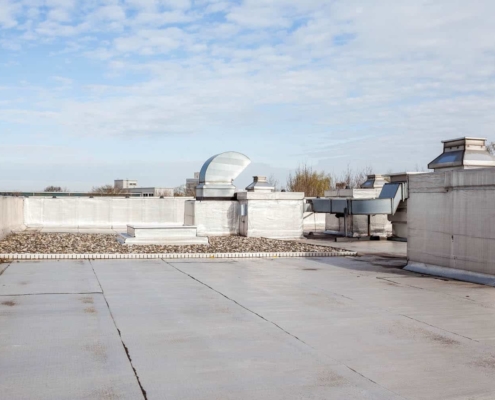 https://www.rainvillecarlson.com/wp-content/uploads/2019/10/roof-control_cooling-air-conditioning.jpg
1000
1600
James Nash
/wp-content/uploads/2021/05/Rainville-Carlson-Logo-300x144.png
James Nash2019-08-30 17:11:012022-03-09 21:25:52How Long Can You Expect Your Commercial Roof to Last?
https://www.rainvillecarlson.com/wp-content/uploads/2019/10/roof-control_cooling-air-conditioning.jpg
1000
1600
James Nash
/wp-content/uploads/2021/05/Rainville-Carlson-Logo-300x144.png
James Nash2019-08-30 17:11:012022-03-09 21:25:52How Long Can You Expect Your Commercial Roof to Last?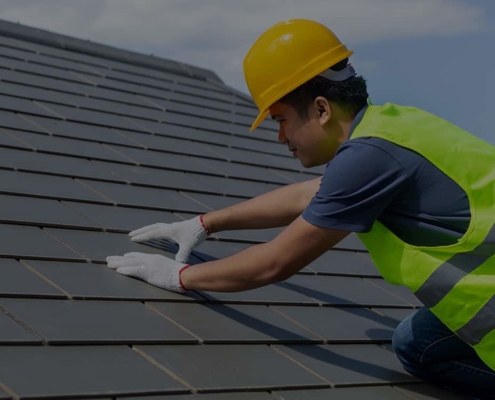 https://www.rainvillecarlson.com/wp-content/uploads/2019/11/Rainville-Carlson_Nov-Ongoing_Slate-Roof.jpg
750
1600
James Nash
/wp-content/uploads/2021/05/Rainville-Carlson-Logo-300x144.png
James Nash2019-08-29 16:59:342022-03-09 21:27:2710 Key Benefits of Commercial Roofing Restoration
https://www.rainvillecarlson.com/wp-content/uploads/2019/11/Rainville-Carlson_Nov-Ongoing_Slate-Roof.jpg
750
1600
James Nash
/wp-content/uploads/2021/05/Rainville-Carlson-Logo-300x144.png
James Nash2019-08-29 16:59:342022-03-09 21:27:2710 Key Benefits of Commercial Roofing Restoration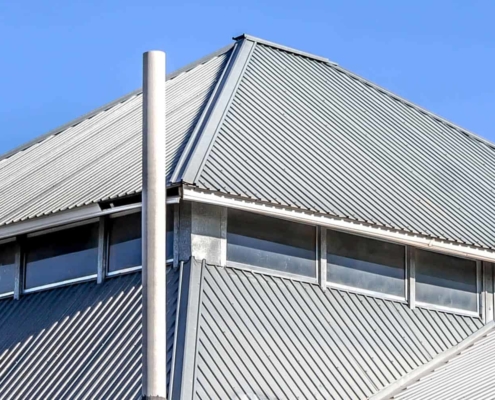 https://www.rainvillecarlson.com/wp-content/uploads/2019/10/galvanized-sheet-metal-roofing_The-roof-of-the-house-is-made-of-galvanized-metal-profile.jpg
1000
1600
James Nash
/wp-content/uploads/2021/05/Rainville-Carlson-Logo-300x144.png
James Nash2019-08-23 16:56:372022-03-09 21:30:04The Benefits of Working With a Local Roofing Company
https://www.rainvillecarlson.com/wp-content/uploads/2019/10/galvanized-sheet-metal-roofing_The-roof-of-the-house-is-made-of-galvanized-metal-profile.jpg
1000
1600
James Nash
/wp-content/uploads/2021/05/Rainville-Carlson-Logo-300x144.png
James Nash2019-08-23 16:56:372022-03-09 21:30:04The Benefits of Working With a Local Roofing Company https://www.rainvillecarlson.com/wp-content/uploads/2019/10/Roofing-questions_Male-hand-holds-the-key-to-the-lock-in-the-hand.jpg
1000
1600
James Nash
/wp-content/uploads/2021/05/Rainville-Carlson-Logo-300x144.png
James Nash2019-08-22 16:51:482022-03-09 21:30:584 Benefits of Hiring a Local Roofing Contractor
https://www.rainvillecarlson.com/wp-content/uploads/2019/10/Roofing-questions_Male-hand-holds-the-key-to-the-lock-in-the-hand.jpg
1000
1600
James Nash
/wp-content/uploads/2021/05/Rainville-Carlson-Logo-300x144.png
James Nash2019-08-22 16:51:482022-03-09 21:30:584 Benefits of Hiring a Local Roofing Contractor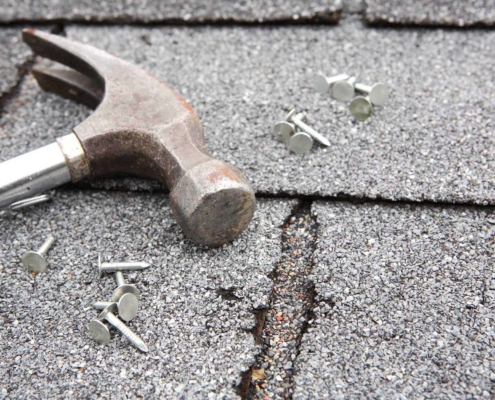 https://www.rainvillecarlson.com/wp-content/uploads/2019/11/Rainville-Carlson_Blog_Image_26.jpg
1250
2000
James Nash
/wp-content/uploads/2021/05/Rainville-Carlson-Logo-300x144.png
James Nash2019-08-22 16:46:282022-03-09 21:32:31What to Do During an Emergency Roof Repair
https://www.rainvillecarlson.com/wp-content/uploads/2019/11/Rainville-Carlson_Blog_Image_26.jpg
1250
2000
James Nash
/wp-content/uploads/2021/05/Rainville-Carlson-Logo-300x144.png
James Nash2019-08-22 16:46:282022-03-09 21:32:31What to Do During an Emergency Roof Repair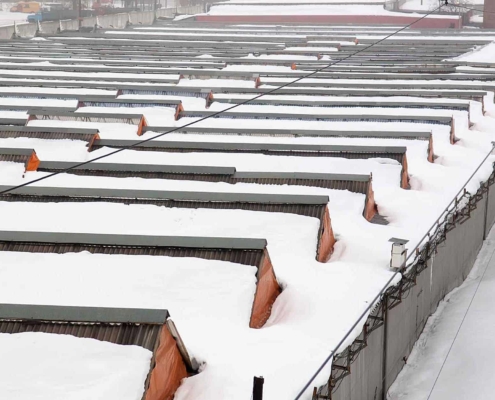 https://www.rainvillecarlson.com/wp-content/uploads/2019/11/Rainville-Carlson_Blog_Image_8.jpg
1250
2000
James Nash
/wp-content/uploads/2021/05/Rainville-Carlson-Logo-300x144.png
James Nash2019-08-15 16:38:002022-03-09 21:33:527 Steps to Prep Your Roof for Fall and Winter
https://www.rainvillecarlson.com/wp-content/uploads/2019/11/Rainville-Carlson_Blog_Image_8.jpg
1250
2000
James Nash
/wp-content/uploads/2021/05/Rainville-Carlson-Logo-300x144.png
James Nash2019-08-15 16:38:002022-03-09 21:33:527 Steps to Prep Your Roof for Fall and Winter